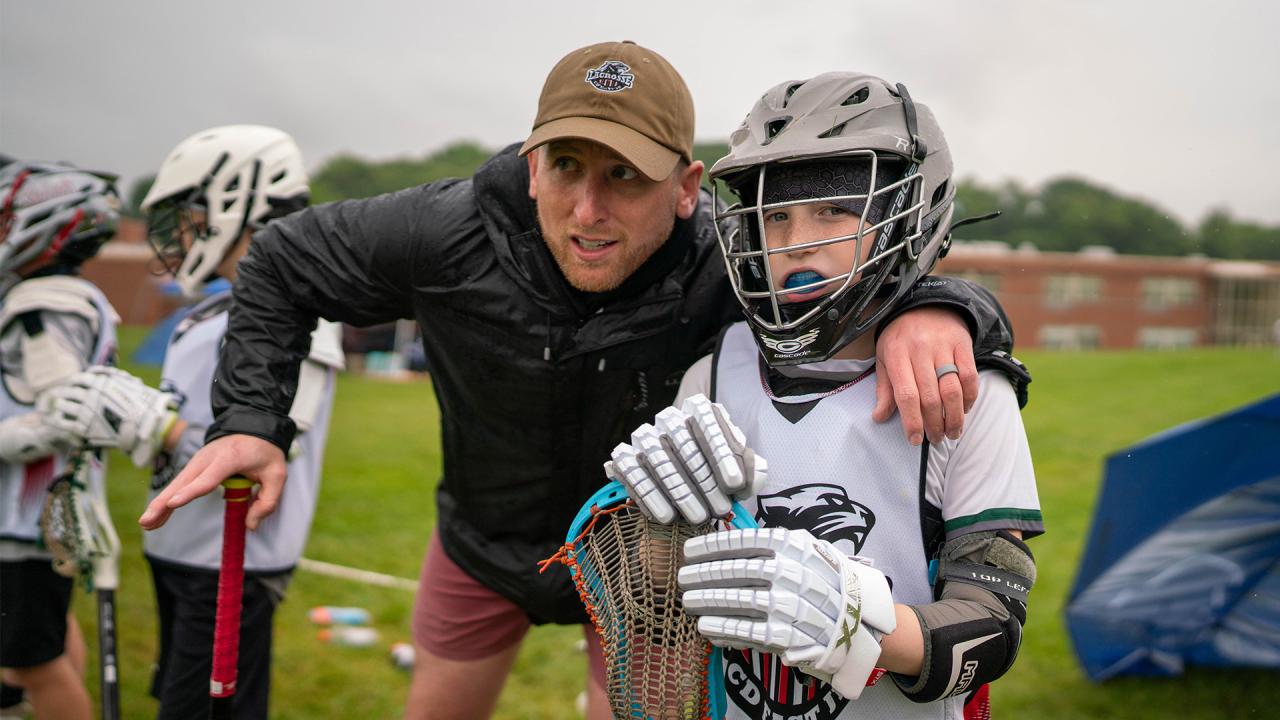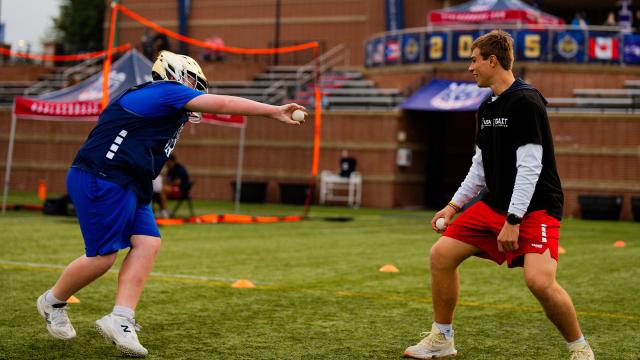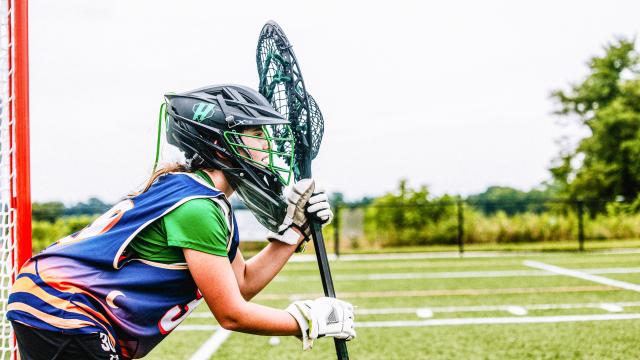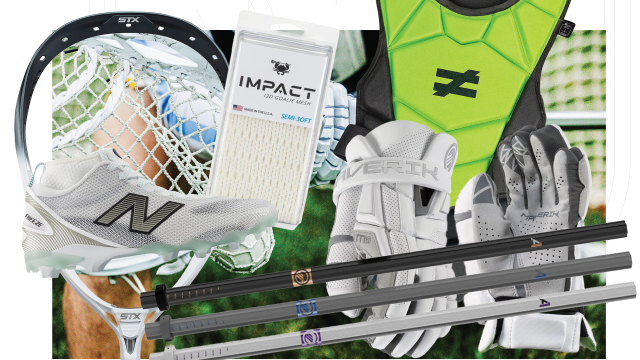
A Guide for Parents New to Coaching Lacrosse
Your son or daughter’s head coach just called you to ask if you could fill a void and serve as a volunteer coach with the team this season. Perhaps they heard that you had previously coached youth soccer and basketball, and your experience made you a prime candidate to help.
Of course, being the selfless parent that you are, you want to help in any way you can so that the kids can play and have fun. So where do you start?
The Role of a Parent-Coach
Just by showing up, you are showing your child, and others, that you care. You will have an impact simply by being there. Don’t overlook that fact.
Remember that one of the most important elements of the coaching experience is safety. Do the kids all have the appropriate equipment, and if not, how can you help them to get the proper equipment? Also, consider whether the practices are age appropriate and will help ensure that the kids will not get injured. Are practice adjustments needed due to weather (too hot or too cold)?
Try to relate to the kids at their level. In some cases, this may be as simple as not wearing your dark sunglasses so that the kids can see your eyes, rather than having them feel like you are RoboCop. Similarly, don’t stand with your back to the sun so that the kids you are speaking to are not staring into the sun.
Effort Over Outcome
In many cases, the kids you are coaching are still learning the game. They may not have immediate success, but if they are giving their best effort, that’s good. Sometimes, just having a couple of goals for each practice — for example, learning a new skill or improving the defense — is the right approach. And celebrate the accomplishments.
Drills vs. Games
There is a difference between drills and games, and both are useful.
Drills are usually done repetitively to reinforce a skill and provide necessary reps. During a drill, players are simply doing what they are told to do. Movement is key. Keep lines short to maximize reps.
Conversely, in a game scenario, players have to think about what they are doing. Consider ending a practice with a small competition since players generally view games as a more fun experience.
Physical Literacy
One of the roles of a coach is to help players of all ages understand how and when to use their body. This may take more time with some kids than with others. You may need to remind your players that they can’t run over another player nor shoot through another player. These are basic concepts that are part of moving with competence and confidence on the field.
Just Peachy
Remember, the goal is to have fun. What you say will not be as important as your demeanor. Keep positive body language and be a PEACH.
Prepare for practices and games. Invest the time necessary to make the experience valuable for your players.
Engage with your players. Call them each by their names. Perhaps start/end each practice by asking a few players to share something good that happened that day.
Age-appropriate activities are necessary for fun and learning. Match your coaching to the cognitive, emotional and physical level of your players.
Constraints are adjustments that can enhance the activity, such as increasing or decreasing the field size, the length of time, number of balls in use or the number of players on the field.
Have fun. If it’s not fun, the kids won’t come back. Always keep that in mind.
Rachel Hillhouse
Rachel Hillhouse is an assistant women's lacrosse coach at RIT and a clinician for the USA Lacrosse Coach Development Program.
Categories
Tags
Related Articles




